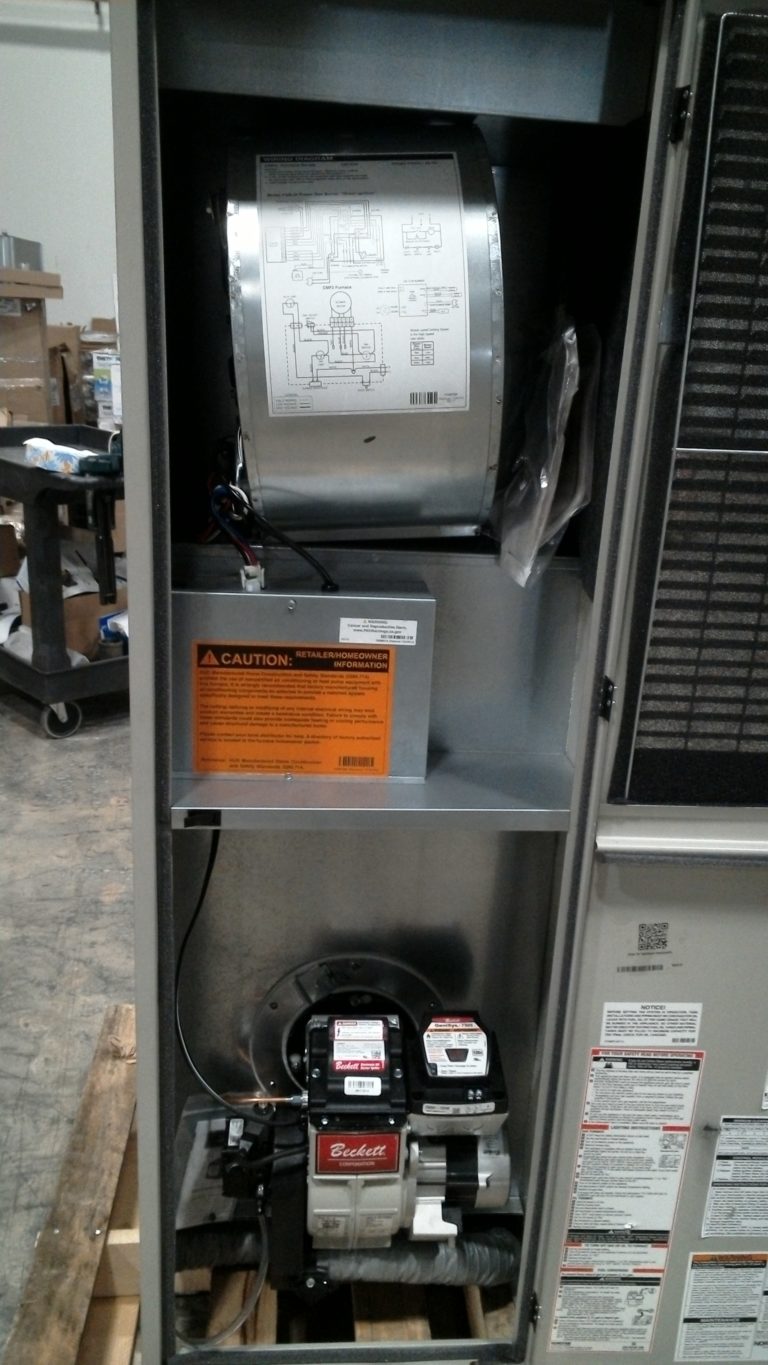Table of Content
Please note that the majority of electrical furnaces are silent workers that barely produce any sound. Start by first checking and confirming if the thermostats are in good working condition. Raise the temperature setting by a few degrees and take note if the heat produced increases or remains the same. Technical difficulties are a pain, especially when they affect your electrical furnace during the cold of the winter. HVAC systems are an investment that you want to make the most of – for your comfort and your wallet.

When you are troubleshooting a heating system, one of the usual problems you will encounter is a dirty filter. This is because the dust and other particles accumulate in the filter. As time passes, your filter will become blocked with dirt and won’t work as efficiently.
How to Test the Thermostat on a Gas Furnace
Fortunately, you can fix the problem with simple repairs. Pilot stays lit, fire comes on, but the fan doesn’t come on. This is an $8 part located on the lower side of the furnace by the fire box. There is no way to test it, you just have to replace it and see if that fixes the problem. You have no idea just how many problems you can avoid with a steady maintenance program. Check out our article about HVAC low air flow issues.
Unfortunately, furnaces typically don’t pick a convenient time to experience mechanical problems. Fortunately, there are some steps you can take to perform basic troubleshooting on your home’s electric furnace, depending on what the problem is. A dirty furnace filter makes it hard for the fan to circulate air, increasing the amount of power it needs to do its job and creating higher energy bills. Check your furnace air filter regularly – every one to two months in the heating season – to keep your energy bills low and indoor air quality high. The primary function of a furnace sequencer is to ensure that the appliance has enough power to run. This helps prevent incidents like the example above where the circuit breaker trips when you turn on the furnace.
Why Is My Furnace Making Strange Noises?
You have to flip the on-off switch on the furnace itself, and not just turn the thermostat down, in order to safely troubleshoot the machine. This happens frequently, resulting in the thermostat turning off the furnace before it has had a chance to complete a full heating cycle. Furnaces of all sizes are intended to operate in cycles, with each producing a set quantity of output over a set length of time.

If your service panel uses fuses, turn the main switch off to verify a blown fuse. Remove the fuse for the furnace and inspect it for burns or breaks in the fuse. Replace a broken fuse to restore power to the furnace. Check inside the furnace with the power off for any blown fuses in its fuse box by following instructions in your owner's manual.
Electric Furnace Troubleshooting Tips
It’s time to call in a professional; gas valve work is to dangerous. With what we’ve just taught you, you should now be able to diagnose and fix your electric furnace should it fail in the course of duty. You’re better off calling an HVAC professional unless you want to mess around with your electric furnace and permanently damage it. A complex circuit problem that causes the blower to keep on running even after the “stop” command has been issued. Most of the time, the fuse is located in separate circuit boxes. Do research or check your manual to find where it’s fixed.

If that is the case, immediately switch off your electric furnace- There are underlying issues that need to be fixed. Electric ignition issues are most likely due to an electrical problem. When a furnace has a pilot that is out, it means the furnace cannot heat your home. Do not light your furnace manually if it utilizes an electronic igniter.
The Furnace Isn’t Turning on
If the belt is loose or worn out, your electric furnace will start producing weird noises. Once again, we’d advise you to let a professional do the dirty work. Read on to understand more about some of the common causes of noisy electric furnaces. Maybe that’s the reason why you’re not receiving enough hot air.
Regular furnace troubleshooting and tune-ups are relatively simple. The latter is conducted annually by an HVAC professional who can also perform repairs when needed. Do not wait until your heating unit incurs serious damage. The damage might be so severe by then that costs for repair will skyrocket, or it might need to be replaced instead.
As they reach the end of their life, various parts start to fail so the motor has to work harder to turn the fan. This creates more heat which eventually causes the motors thermal overload protector to shut it off. It may take a month or two for it to fail completely. If that is long enough to get you out of the heating season perhaps you can postpone the expense of a new motor until the next fall. The risk you take is that the motor will fail completely some cold night and you will be looking at an emergency service call.

A unit that is emitting an unusual scent can also mean that there might be an issue. There are a couple of reasons for your thermostat being blank. The first thing to consider is the thermostat batteries.
We do our best to remind you to always check and clean or replace your filters every month. Therefore, we’ll start with the simple stuff as we progress to the complex processes in electric furnace troubleshooting. In such difficult times, you need to be able to conduct several electric furnace troubleshooting procedures.

This causes the contacts to open and interrupts power to the elements. When you require heating system repair or replacement, do not hesitate and contact Miller Oil Company. We have the most competitive furnace repair and replacement rates in the area. If you need a replacement system, our techs can help you from start to finish while making sure to stay within your budget. We always ensure that you receive the comfort, energy efficiency, and indoor air quality that you deserve. Air filters make sure that dust, dirt, and other debris are not circulated along with the conditioned air throughout your house.
Furnaces – Introduction & Safety Suggestions
We will carefully take you through these procedures and hopefully, revive your electric furnace. Although you expect a certain level of noise from your furnace, there are a few sounds that should not be ignored. Booming, clanging, clicking, and screeching sounds can be signs of trouble.

No comments:
Post a Comment